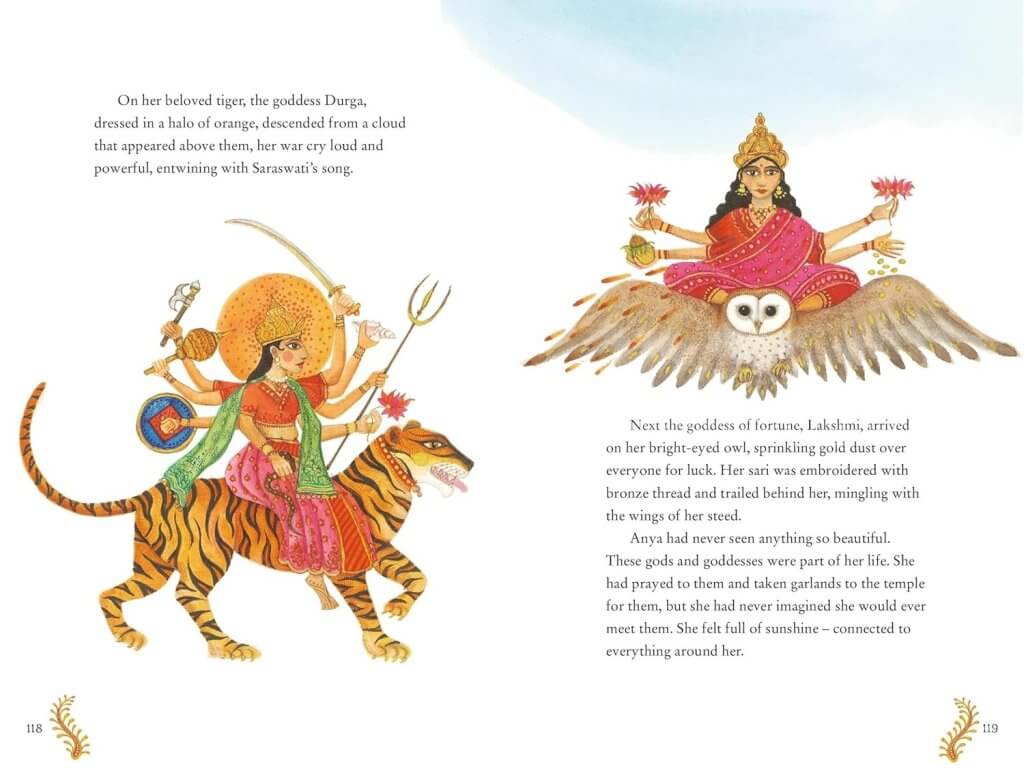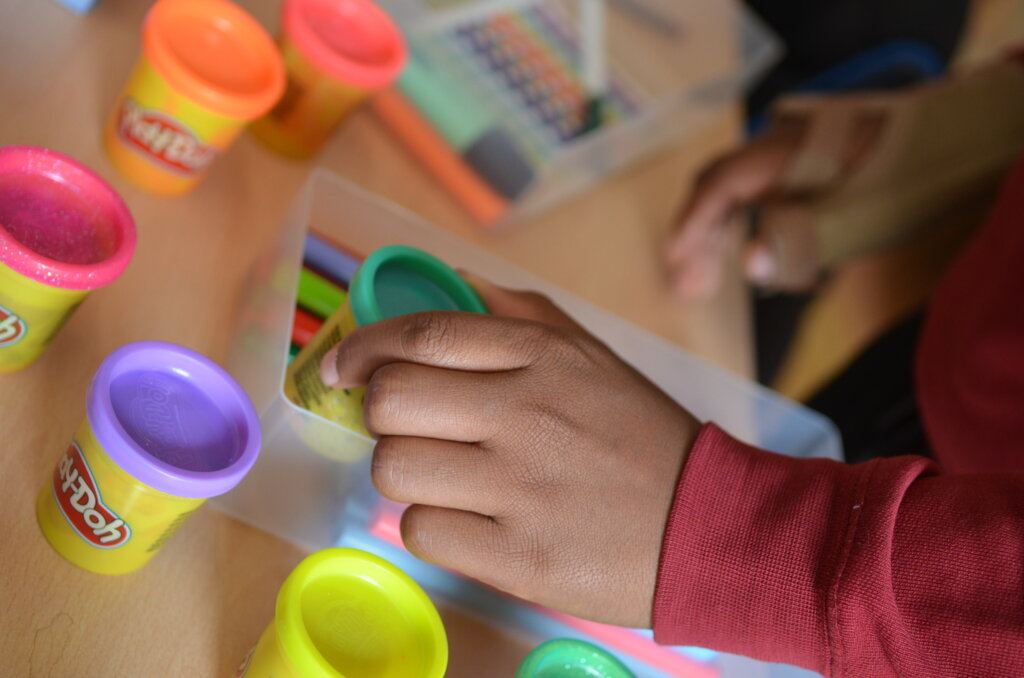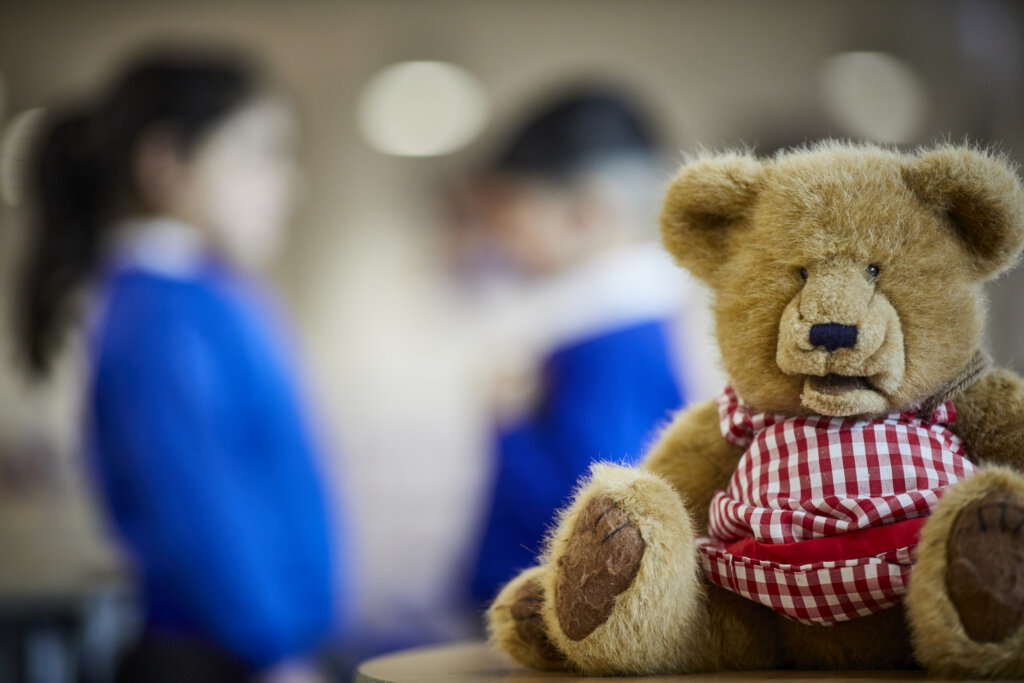A joint blog written by Jo Gray and Laura Buczko
Over the last few years, many schools have made changes to the way they teach reading. Some have focused on developing a love of reading, some have considered their pupils’ reading skills, many have changed their approach to reading by moving to whole class teaching, and others have taken the time to evaluate their use of texts across the curriculum.
The OFSTED framework (2019) emphasises the importance of a school’s own curriculum, with reading at its heart. Likewise, The Reading Framework (DfE, 2021) explains, “The reading and writing of Standard English, alongside proficient language development, is the key to unlocking the rest of the academic curriculum.” For all children to achieve their full potential, it is essential that schools think carefully about their whole school reading curriculum: does it teach the skills needed to decode fluently, understand, and enjoy books? Does this continue across the curriculum, rather than just in reading lessons?
In July 2023, the DfE released a revised version of the Reading Framework and with that has come many questions around how most schools teach reading in Key Stage 2 (KS2) and beyond.
Teaching children to be confident and resilient readers is essential to success in school and throughout their lives. Reading develops imagination, creativity and curiosity; it can open new ideas and concepts and all kinds of new worlds. Teaching, talking about, and modelling reading from an early age allows children to explore new interests and helps to develop language, vocabulary, and knowledge on many new topics.
The most successful schools tailor their curriculum to meet their pupils’ cultural and social needs, including the chance to participate in enriching activities that they might not normally experience. In many schools, this same approach is being applied to reading. As Oxford School Improvement (2017) states, “Children who are encouraged to read widely, both fiction and non-fiction, develop knowledge of themselves and the world in which they live.” It is essential that schools consider this as part of their planning: how pupils will be introduced to and immersed in the right books throughout the curriculum, in order to improve their general knowledge and gain a greater insight into human nature (National Literacy Trust, 2006).
With this best practice in mind, we have ensured that our resources support the holistic teaching of reading, including the development of children’s wider knowledge.
The One Education Reading Gem Approach
When planning your reading, it is essential to consider these key aspects:
WHAT TO TEACH? (and the question around to teach or not to teach)
We know that the teaching of reading should include more than just an awareness of the skills needed to get children through the test; they need to develop a love of reading, an understanding of texts, and a wide repertoire of strategies that will last a lifetime. The One Education Reading Gems is an approach to teaching reading which ensures all aspects of reading are embedded across the curriculum.
It is important to note that simply focusing on reading skills alone will not make a child a reader, especially if they are taught in isolation and applied to test type questions on a different extract each lesson. However, the teaching of reading is complex; pupils do need the opportunity to embed certain skills and strategies before being able to confidently apply others. For example, to make reasonable predictions, pupils will need to retrieve information. As prediction requires the reader to infer, in order to extend predictions further children will need to be able to deduce using evidence and reasoning. Likewise, children will need to see sequencing and summarising modelled before they can confidently use these skills within reading, as the DfE Reading Framework (2023) suggests. Considering this, our Reading Gems approach includes time for modelling the thought process that a skilled reader has, to those who may not yet be as confident in making these links. This is done by modelling the strategies and skills to aid reading fluency and understanding within a wider framework to teach reading in. We encourage the skills being taught to be based on the identified needs of the children, the choice of text and the wider themes being explored.
Although not statutory, the DfE Reading Framework (2023) states that, “the domains as a whole should not be used as a framework for teaching reading.” This is because teaching reading is more than just asking children questions in isolation about what they have read; we already know that this does not promote enjoyment of reading. However, the same guidance also explains that “limited and focused teaching of reading comprehension strategies (RCS) can be beneficial, particularly for some readers in upper key stage 2.” Indeed, research from by Professor Daniel Willingham in “Can reading comprehension be taught?” (2014) found that RCS instruction should be explicit but does only need to be brief. As mentioned, the teaching of reading is complex and there needs to be a range of opportunities for: modelling different strategies and skills; connecting different themes and ideas; developing knowledge; and, weaving all of this into reading lessons and, indeed, across the curriculum.
We know from EEF (Education Endowment Foundation) research “Improving Literacy in Key Stage 2” that if we teach specific reading strategies to pupils, they can overcome barriers to comprehension. The EEF states that these include “— prediction — questioning; — clarifying; — summarising; and — activating prior knowledge.” For children to develop their ability to use these strategies independently, however, there needs to be an element of modelling and scaffolding so that understanding what is being read becomes more automatic, reducing the cognitive loadso that less teacher instruction is needed as children head into KS3.
To teach reading effectively, it is vital that staff subject knowledge for reading is highly developed so that teachers can identify the types of skills and strategies that children may need support with. Considering this, we have created resources to support staff with this:
- Reading Questions Stems which offer support in the consistent language of asking high quality reading questions.
- Reading Gems Overviews, which give a detailed breakdown as to what the skill is and strategies to integrate this into reading lessons.
- Reading Gems Ladders, which support pupils’ metacognitive skills when responding to texts using different reading skills and strategies.
Take a look at this example of the Define Reading Gems Ladder:

You can download the Reading Gems Overview for Define, plus the Reading Gems Question Stems, at the end of this blog. Resources for the other ‘Reading Gem’ skills are available as part of the One Education Reading Award resources or receive these as part of the resource bundle when receiving Reading Gems training. Find out more about our Reading Award.
WHICH TEXT?
We want our children to be well-read and have a passion and enthusiasm for books that are rich in both language and experience. To achieve this, we need to introduce such texts to children and encourage promoting books at every opportunity. It is important that we, as teachers, have a good knowledge of literature to not only ensure that pupils meet the different demands of the curriculum, but also to support them in their choice of books; guide them in discussion about authors, and to create a buzz and excitement about reading.
The most current research, as referenced in DfE’s Reading Framework, explores the importance of Reading for Pleasure: “PISA data consistently shows that engagement in reading is strongly correlated with reading performance and is a mediator of gender or socio-economic status.” Findings from OECD research suggests that those who enjoyed reading tended to score highly on reading tests when compared to those who say they do not like reading – this is the case whatever their family’s occupational status. The OECD emphasised: “Reading practices can play an important role in reducing the gap between the reading proficiency scores of students from different socio-economic backgrounds.” It is, therefore, even more important that the texts we choose to teach reading with will inspire our children to take their reading and their learning further.
Due to time pressures, it can be so difficult to keep up to date with the latest texts. Librarians and bookshops such as our partners, Peters Books, can help keep you informed of any new releases. It can be useful, wherever you can, to plan out the main texts being used in reading lessons throughout the year so that careful links can be made with books being read in other reading lessons, or within subjects across the curriculum. Allowing for children to have a say in the books they read (e.g., voting for which WW2 novel they will read next) can also be a very motivating tool to encourage children to read, make recommendations and connect with each other through texts. If using extracts, which is appropriate to do so at times, you should always try to have at least one copy available so that those who would like to read the full text can do so.
It is important to find a quality text that will support the identified gaps in children’s learning. For example, you may identify that children were unsure of identifying how a character felt during the reading of a class text, so using a chapter from that text, or another narrative that links, may allow you to focus in on inferring character’s feelings. Below is a small section of an extract from Jasbinder Bilan’s Anya’s Quest that provides a great opportunity to discuss characters and infer their feelings.

This same text could be reread for several days as it has been proven that, when pupils have the opportunity to read and re-read a text, children develop a deeper understanding as their cognitive load on decoding the text is reduced and the ability to read for understanding is improved. Children also learn and retain new vocabulary by being exposed to it repeatedly throughout the cycle and are then more likely to apply it in their own speech and writing. The opportunities to build upon the extract and make links with other books are also encouraged within our Reading Gem approach, using our class ‘Book Club.’
There is an expectation for pupils to show a good level of reading stamina by the time that they leave primary school. This is an important consideration when selecting texts, as we want to ensure children can read fluently, whilst understanding the text, and that the speed in which a child reads increases as they make progress through the school. As a starting point, we would recommend that children in Key Stage 1 (KS1) build up to read approximately 250 words during a session by the end of Year 2. Following on from this, our recommendation would be for children working at Greater Depth at the end of Year 6 to be able to read approximately 800 words during a session. However, this is only a guide and something for you to be mindful of when considering texts. A resilient reader needs to be exposed to many different texts, with varying lengths and complexities – sometimes you may wish to focus on a longer, easier text, or a shorter, more challenging one.
To be able to understand what they read, there is also a requirement that pupils have a strong bank of vocabulary and an understanding of, or the ability to relate to, certain experiences and knowledge. The Reading Framework (DfE) explains that “Extending children’s familiarity with words across domains is particularly important for children from disadvantaged backgrounds who might not otherwise meet such vocabulary.” But it is our job as educators to ensure that all pupils, regardless of background, have the opportunity to develop their vocabulary and familiarity with language. We need to read and carefully consider the challenges and opportunities presented by a specific text before including it in the range considered appropriate and desirable for children’s wider consumption.
It is also essential that selected texts will engage pupils and spark interest. Children are much more likely become excited about language as well as achieve great attainment and progress if they enjoy what they are reading. As teachers, we should strive to understand our cohort: the children’s interests, cultures and personalities, and attempt to engage them in quality literature that they will love. Research shows that developing a love of reading is one of the most effective ways to raise attainment, as children who enjoy reading will achieve more highly right across the curriculum (Oxford School Improvement, 2017).
WHAT PRIOR KNOWLEDGE WILL CHILDREN NEED?
When selecting texts, we would recommend asking yourself, “Will my class have sufficient knowledge of this topic or content to access this text?” If the answer is “no”, then you may need to teach them about the unfamiliar content and broaden their understanding before they begin to delve deeper into the text. For example, before reading Anya’s Quest, children would need to gain some understanding of the Hindu mythology that influences the story, if they are to fully grasp the meaning of the text. They may also benefit from learning about Hindu culture, customs and dress. By activating existing knowledge and making links to their prior reading, we can support children to get the most meaning, and enjoyment, from the texts they encounter.

Exploring key vocabulary is another crucial element to consider. If we take just this short extract, we can see that there is a considerable amount of ‘Tier 2’ and some ‘Tier 3’ vocabulary. Words such as halo, descended, entwining, mingling and garlands, need to be explicitly taught in context, prior to reading. Children need to understand this vocabulary first if they are going to be able to really grasp the meaning of the text.
Having background knowledge and the ability to define some of the vocabulary prior to reading supports children in reducing their cognitive load, allowing for a deeper understanding of what is being read.
Great texts, even those that link to the wider curriculum or other books children have read, will often include experiences, places or objects to which pupils have never been exposed. Instead of dismissing them, teach the children about these and – if possible – create opportunities to develop knowledge and experiences. You can see more about how to consider background knowledge and vocabulary in our next blog, Reading Gems Part Two, which explores the structure of reading lessons in further detail.
Summary
To conclude, when choosing a text, important considerations include:
Vocabulary
How suitable is the vocabulary? Is it challenging enough? Will it increase children’s vocabulary? Do they have enough understanding of the vocabulary to understand what they are reading?
Opportunities
Does the text provide opportunities to develop reading fluency, skills and strategies? Does the text provide opportunities to link across the curriculum and with other texts?
Knowledge
What background knowledge will pupils need to understand the text? What knowledge might they gain?
Enjoyment
Will this text be enjoyable and relevant for the children?
How can One Education help?
The teaching of reading is essential: it is a way of helping children to spark a passion for books, a thirst for knowledge, and the desire to become a lifelong learner. The curriculum content that teachers must cover is vast, but if a consistent, thorough approach to reading is embedded across the school it can have a profound impact on the entire curriculum. If you would like advice on how to create an approach that is tailored to the needs of your school or would like to book a staff training session then please contact Laura Buczko, Literacy Team Leader, at laura.buczko@oneeducation.co.uk.
The resources shared in this blog post are part of a much larger selection available as part of One Education’s Reading Award. We can also provide training for schools and academies on any aspect of reading across the age ranges and for different types of settings. Please get in touch or visit this page for more information.
Free Reading Gems Resources
Click the link below to download five additional Reading Gems resources.
Please complete the form below and we will get in contact as soon as we can to help you with your query.
















